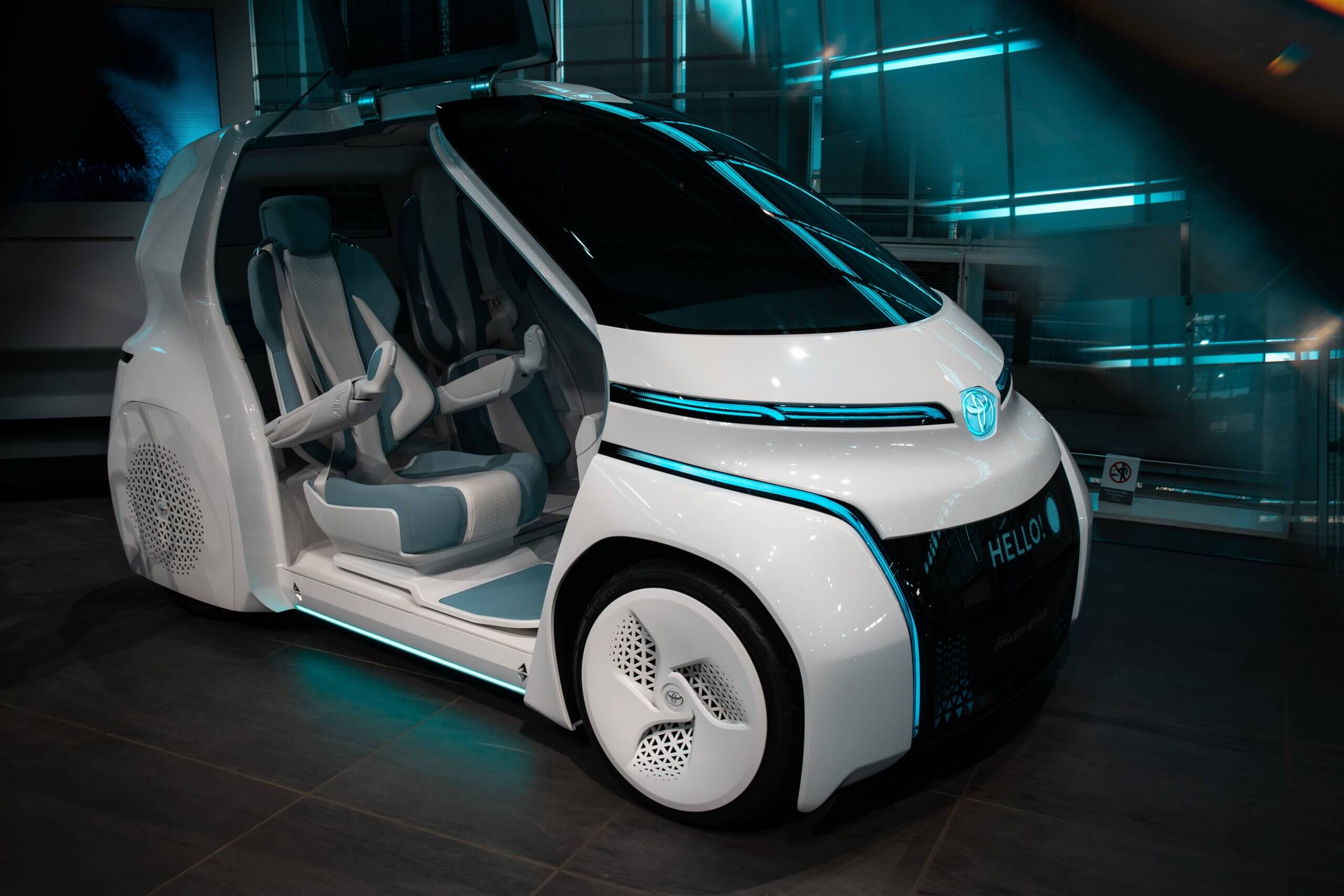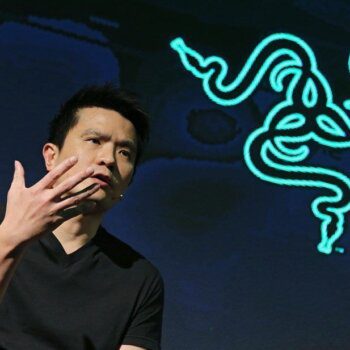Key Takeaways:
- Sony and Honda’s announcement that their alliance to produce electric vehicleswill see the creation of an independent company with a new brand typifies the challenges the Japanese motor industry faces in transitioning away from petrol and diesel vehicles.
- A world beater that created its own management philosophy has been living in a comfort zone it is reluctant to step out of.
- Where’s the sense in an energy transition that still leaves us dependent on oil, burning a gas that forces us to continue using complex, high maintenance, low-efficiency engines, and that on top of it all are dangerous?
- In January 2022, Honda’s CEO admitted that Toyota’s hydrogen strategy was simply not viable, and disassociated himself from it, marking a breaking point in the Japanese automotive industry with respect to its most powerful company.
- Germany, another traditional automotive powerhouse, faces similar challenges.
- It’s going to need another Japanese miracle if it hopes to resume the place it once held.
Sony and Honda’s announcement that their alliance to produce electric vehicleswill see the creation of an independent company with a new brand typifies the challenges the Japanese motor industry faces in transitioning away from petrol and diesel vehicles. A world beater that created its own management philosophy has been living in a comfort zone it is reluctant to step out of.
Toyota’s determination to stick with the internal combustion engine has cost the country its technological leadership, is no longer the most valuable company in the industry. After several years of trying to leverage its powerful lobby to delay the transition to electric vehicles at home and in the United States, Toyota announced an alliance with Subaru in 2019 that would result in 15 new electric models by 2025, and finally, following the Japanese government’s announcement to ban the sale of diesel and gasoline vehicles around 2030, it raised that figure to 70.
Let’s not forget that when the major automotive companies and 30 governments announced, in November 2021, a commitment to abandon gasoline and diesel vehicles by 2035 in their main markets and by 2040 worldwide, Toyota, along with Volkswagen and Nissan-Renault, were absent, as were the United States, China and Japan. Since then, Toyota has wasted its time, despite the accidents, trying to develop hydrogen engines, which simply does not make sense from an energy point of view, or adapting traditional engines to burn hydrogen.
This may have pleased the oil lobby — 97% of hydrogen is obtained from refining — but the evidence shows that hydrogen makes no sense for cars and vans, and probably won’t for trucks and heavy vehicles either: at best, it could be used for large ships and aircraft on long haul flights. Burning hydrogen in an engine is pointless, since combustion is a process with a mechanical complexity infinitely superior to that of the electric motor, with much more energy losses in the form of heat, and in the case of hydrogen, much more flammable and dangerous than diesel or gasoline. Where’s the sense in an energy transition that still leaves us dependent on oil, burning a gas that forces us to continue using complex, high maintenance, low-efficiency engines, and that on top of it all are dangerous?
In January 2022, Honda’s CEO admitted that Toyota’s hydrogen strategy was simply not viable, and disassociated himself from it, marking a breaking point in the Japanese automotive industry with respect to its most powerful company. In short, Toyota’s commitment first to hybrid vehicles, then to a failure like the Mirai and, until very recently, to remain in its comfort zone and to an obsolete technology like the internal combustion engine has damaged Japan. Germany, another traditional automotive powerhouse, faces similar challenges.
It’s now a question of how quickly Japan’s motor industry can join the EV race and catch up. It’s going to need another Japanese miracle if it hopes to resume the place it once held.





























